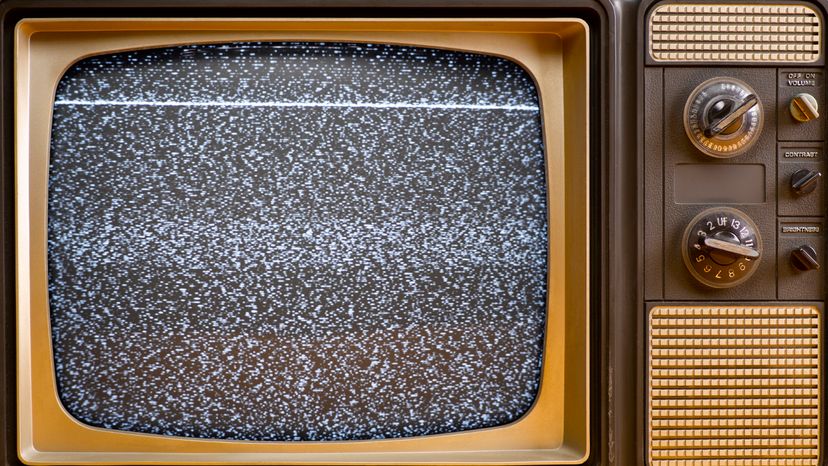White noise refers to noise that is produced by combining of all audible sound frequencies. If you took all of the imaginable tones that a human can hear and mashed them together, you would have white noise.
The adjective "white" is used to describe this type of noise because of the way white light works. White light is light that is made up of all of the different colors (frequencies) of light combined together (a prism or a rainbow separates white light back into its component colors). In the same way, white noise is a combination of all of the different frequencies of sound. You can think of white noise as 20,000 tones all playing at the same time.
Masking Unwanted Noise
Because white noise contains all frequencies, it is frequently used to mask other sounds. If you are in a hotel and voices from the room next-door are leaking into your room, you might turn on a whirring fan to drown out the voices. The fan or a humming air conditioner can approximate white noise fairly well. Why does that work? Why does white noise drown out voices?
Here is one way to think about it. Let's say two people are talking at the same time. Your brain can normally "pick out" one of the two voices and actually listen to it and understand it. If three people are talking simultaneously, your brain can probably still pick out one voice. However, if 1,000 people are talking simultaneously, there is no way that your brain can pick out one voice.
It turns out that 1,000 people talking together sounds a lot like white noise. So when you turn on a fan to create white noise, you are essentially creating a source of 1,000 voices. The voice next-door makes it 1,001 voices, and your brain can't pick it out any more.
White Noise as a Sleep Aid
Sleep experts and researchers have studied the relationship between white noise and sleep. A constant sound akin to radio static has been found to have potential benefits for promoting a better night's sleep and improving sleep quality.
When individuals are exposed to white noise sounds while sleeping, the soothing and consistent background noise helps mask disruptive sounds, such as traffic or other disturbances. This masking effect can help prevent sudden noises from waking you up and lead to longer periods of undisturbed deep sleep.
You don't need to hunt down an old school radio to summon those masking sounds. It's not hard to find a white noise machine and or white noise app that meets your needs — some white noise machines even have options for pink or brown noise (more on those in a moment). Many people find that incorporating white noise into their nightly routine can contribute to a more relaxed and restful night's sleep.
